Matteo Turchetti
I am a second year student in the MSc Course in Biotechnology. I have a strong background in text editing, information retrieval and bibliography software. I have offered the College dissertation course in 2018/18.
2017/18
Dissertation Writing (All Courses)
01. Prima di iniziare
02. La stesura passo per passo
03. Discussione e bibliografia
04. Attendance
Antonio Contino
I am a final year student in the Communication, Information and Media Technology Course. I have a strong interest and considerable experience in web design and offered the College Course in 2017/18.
2017/18
Web Design (All University Courses)
01. Introduzione HTML
02. Esercitazione HTML/CSS
03. Introduzione CSS
04. Form, tabelle, tag avazanti (HTML5) & CSS
05. Javascript
06. CMS e WordPress
07. Attendance
Ingrid Ouandji
I am a third year undergraduate student entolled in the Pharmacy Course. I am a member of College since October 2017 and a native French speaker with a strong interest in language studies. I offered the College French Course from November 2017 to March May 2018.
2017/18
French Language 2017/18 (All Courses)
01. Lectures 01-05
02. Lectures 06-10
03. Lectures 11-15
04. Lectures 16-20
05. Attendance
Claudio Neidhöfer
I am a final year medical student enrolled in the Harvey Course at the University of Pavia currently writing my dissertation in the Unit of Immunology and General Pathology of the Department of Molecular Medicine. My main fields of interest are the prevention, treatment and possible reversal of the atherosclerotic process. Beside being a native German speaker I have been teaching German for several years and offered the 2017/18 Course in College.
2017/18
German Language (All University Courses)
01. Lectures 01-10
02. Lectures 11-20
03. Lectures 21-30
04. Lectures 31-40
05. Attendance
Giuliano Patanè
I an Italian medical student with a strong personal interest in biochemistry, a fascinating subject, fundamental for a deeper understanding of the molecular basis of disease. I have offered supervisions in Biochemistry to College undergraduates enrolled in the medical course taught in Italian (Golgi Course).
2017/18
Biochimica (Corso di Laurea: Medicina e Chirurgia in lingua Italiana)
01. Proteine, struttura, esempi e funzionamento
02. Fosforilazione ossidativa
03. Metabolismo glucidico
04. Catabolismo lipidico
05. Ciclo di Krebs
06. Biosintesi dei lipidi
07. Metabolismo degli amino acidi
08. Membrane biologiche
09. Trasduzione del segnale
10. Replicazione del DNA
11. Sintesi proteica
12. Riepilogo per esame
13. Attendance
Niccolò Di Dio
I am a second year student in the MSc Course in Civil (Construction) Engineering. I have a strong interest in Mathematics and Physics and I have offered supervisions in the General Physics Course for undergraduates of the Chemistry and Biology Courses.
2017/18
Fisica Generale (Corsi di Laurea: Chimica, Chimica e Tecnologie Farmaceutiche, Scienze Biologiche, Biotecnologie)
01. Moto in una dimensione
02. Vettori
03. Moto in due dimensioni
04. Dinamica e forze
05. Energia di un sistema
06. Quantita' di moto e urti
07. Rotazione di un corpo rigido attorno ad un asse fisso
08. Carica elettrica, legge di Coulomb, campo elettrostatico (O Najlani)
09. Capacita', condensatori, mezzi dielettrici, corrente elettrica (O Najlani)(O Najlani)
10. Campo elettromagnetico, forza di Lorenz, legge di Ampere(O Najlani)(O Najlani)
11. Momento angolare e oscillazion1
12. Meccanica dei fluidi
13. Attendance
Omar Najlani
I am a final year undergraduate student in Industrial Engineering at the University of Pavia. My main interests focus on the computer science and Mathematics and I have been contributing to the College teaching of both these subjects. I have also offered supervisions on selected topics of a General Physics Course.
2017/18
Matematica (Corsi di Laurea: Chimica, Chima e Tecnologie Farmaceutiche, Scienze Biologiche, Biotecnologie)
01. Insiemi, intervalli, equazioni algebriche, disequazioni algebriche, trigonometria, geometria analitica nel piano
02. Grafico di una funzione reale, grafici e proprietà di alcune funzioni elementari, uomini delle funzioni più' comuni, funzioni composte
03. Funzioni elementari, teoremi sui limiti: teorema diunicita' del limite, teorema di permanenza del segno, teorema del confronto, operazioni sui limiti
04. Limiti notevoli, definizione di continuità', discontinuità' di prima, seconda e terza specie, teoremi sulle funzioni continue
05. Numeri complessi, forma algebrica dei numeri complessi, complesso coniugato, modulo e fase, rappresentazione in forma trigonometrica, formula di Eulero, rappresentazione in forma esponenziale, formule di De Moivre, serie n, utilizzo, scale semi logaritcmicheumeriche, carattere della serie, alcune proprietà' serie notevoli, scale logaritmiche
06. Polinomi di Taylor, derivate, retta tangente, derivate fondamentali, regole di derivazione, monotonia e segno della derivata, massimi e minimi
07. Concavita' e derivata seconda, funzione convessa, funzione concava, punti di flesso, criterio della derivata seconda, teorema di Fermat, teorema di Lagrange, studio di funzione
08. Introduzione al calcolo integrale, integrale definito, proprietà' dell'integrale definito, funzioni primitive, integrale indefinito, integrali indefiniti immediati
09. Teorema di Torricelli-Barrow, teorema fondamentale del calcolo integrale, integrali impropri, integrazione per sostituzione, integrazione per parti
10. Problema di Cauchy, equazioni differenziali lineari del primo ordine, equazioni differenziali a variabili separabili, equazioni differenziali lineari del secondo ordine
11. Grafico per funzioni di due variabili, linee di livello, derivate parziali, gradiente, derivate direzionali, piano tangente al grafico di una funzione di due variabili, teorema di Schwartz
12. Riepilogo
13. Attendance
2017/18
Fondamenti di Informatica (Ing Elettronica e informatica, Ing Industriale, Bioingegneria)
01. La shell, hello world, shortcut
02. Variabili e tipi, esercizio
03. Flowchart, strutture di controllo
04. Esempi svolti
05. Esempi svolti cdd, calcolo media
06. Vettori, funzioni
07. Ordinamento, massimo e minimo, trova stringa
08. File I/O in C
09. Lettura con gets e scanf()
10. Attendance
Alen Kushova
I am a final year undergraduate student in Mathematics. I attended College supervisions in Calculus and Linear Algebra in earlier years and took responsibility of teaching Calculus in College from 2017/18.
2017/18
Analisi Matematica I (Corsi di Laurea: Matematica, Fisica)
01. Somma, moltiplicazione, assioma di completezza, intervalli, sup e inf, insiemi limitati, insiemi densi
02. Cardinalita', cardinality' tra insiemi, spazi metrici, dischi e intorni, aperto, chiuso, interno e frontiera
03. Successioni, limite di una successione, calcolo dei limiti, successioni monotone
04. Serie, serie geometrica, criterio del confronto, criterio del rapporto e della radice, criterio della convergenza assoluta, serie esponenziale, criterio di Leibniz
05. Funzioni continue, la classe delle funzioni continue, limiti, unicità' del limite, limiti e continuità', calcolo dei limiti
06. Derivata, differenziabili', regole di calcolo
07. Integrazione alla Riemann, integrale orientato, teoremi, teorema fondamentale del calcolo integrale, regole di calcolo, integrali impropri
08. Attendance
Antibiotic Resistance
23rd May 2018.
Esther Kuenzli, Swiss Tropical and Public Health Institute, Basel
On the 23rd of May Esther Kuenzli, of the Swiss Tropical and Public Health Institute and the University of Basel, will give a seminar on International spreading of antibacterial resistance at 3.00 pm in the College lecture theatre.
International travel has become on important mechanism for the spreading of antibacterial resistance and notably the spreading of Enterobacteriaceae able to produce extend spectrum be lactamases, enzymes able to inactivate one of the major classes of antibiotics currently available. E Keuenzli will discuss the impact of international travel on the spread of antibacterial resistance and measures to counteract this major medical problem.
All College students are warmly invited to attend this seminar lecture, espcially students reading Medicine, Biology, Biotechnology and Pharmaceutical Sciences. The poster of the lecture can be downloaded here.
Image: World map of antibiotic resistance. From S Reardon. Nature 509:141, 2014
Multiresistant Tuberculosis
22nd May 2018.
Daniela Cirililo, Institute S Raffaele, Milan
On the 22nd of May Daniela Cirililo, of the Scientific Institute S Raffaele in Milan, will give a seminar on Multiresistant Tuberculosis at 3.00 pm in the College lecture theatre.
Tuberculosis, a complex infectious disease caused by the bacterium M tuberculosis, is one of the diseases that have shaped the course of human history and that remains inadequately controlled. Although a vaccine has been available for nearly a century, its efficacy is limited limited and a number of M tuberculosis strains resistant to the antibiotics currently available have emerged over time. D Cirillo will discuss mechainsms of resistance and the impact of the emergence of multiresistant strains for the control of tuberculosis.
All College students are warmly invited to attend this seminar lecture, espcially students reading Medicine, Biology, Biotechnology and Pharmaceutical Sciences. The poster of the lecture can be downloaded here.
More...
Multiphoton Microscopy
22th March 2018.
Veronika AM Te Boekhorst, Houston University
The 8th seminar of the series on Light Microscopy entitled Multiphoton microscopy will be given by VAM Te Boekhorst of Houston University on the 22nd of March at 4.00 pm in the College lecture theatre. The poster of the series can be downloaded here.
Localisation Microscopy
22th March 2018.
Susan Cox, University College London
The 7th seminar of the series on Light Microscopy entitled Localisation microscopy will be given by Susan Cox of University College London on the 22nd of March at 2.00 pm in the College lecture theatre. The poster of the series can be downloaded here.
Lasers and Advanced Imaging
21th March 2018.
Gail McConnell, University of Strathclyde
The 6th seminar of the series on Light Microscopy entitled Lasers and advanced imaging methods will be given by Gail McConnell of the University of Strathclyde on the 21st of March at 4.00 pm in the College lecture theatre. The poster of the series can be downloaded here.
Super Resolution Microscopy
20th March 2018.
Rainer Heintzmann, University of Jena
The 5th seminar of the series on Light Microscopy entitled Super resolution microscopy will be given by Rainer Heintzmann of the University of Jena on the 20 March, 4.00 pm in the College lecture theatre. The poster of the series can be downloaded here.
Two further recently developed modes of lightsheet imaging will also be presented. Lightwedge microscopy aims at mesoscopic imaging of fixed and optically cleared samples at 1 µm isotropic resolution without the need for sample rotation. The key-idea is to focus a lightsheet at an unusually high NA (thus the name “lightwedge”) and still obtain a large field of view due to refocusing of the lightwedge and stitching the multiple small regions of thin illumination back together. This has been simplified by electrical tunable lens technology, which has become available recently. The second mode is hyperspectral Raman imaging in a lightsheet illumination configuration [1]. To recover the spectral information a full-field Fourier-spectroscopic approach has been chosen. The difficulty here is that in a Michelson approach, it would be technically very hard to maintain the angular stability and common path approaches usually tolerate a relatively low product of étendue and maximal optical path difference. We thus developed an optically stable Mach-Zehnder like scheme based on the use of retro-reflecting corner cubes, which is inherently stable. This enabled us to obtain full spectrally-resolved Raman images consisting of over four million spectra in about 10 minutes. Advantages over the conventional Raman imaging are the reduced maximum power on the sample and out of focus heating, the lightsheet-inherent good suppression of crosstalk from the illumination side and the avoidance of glass close to the sample mounting. Light sheet illumination for Raman imaging at few specific wavelengths was previously reported [2]. With a total laser power of 2W at an illumination wavelength of 577 nm, we obtained images (2048 × 2048 pixels) of polystyrene beads, zebrafish and a root cap of a snowdrop at a spectral resolution of 4.4 cm-1 with only few minutes of exposure. The olefinic and aliphatic C-H stretching modes, as well as the fingerprint region are clearly visible along with the broad water peak of the embedding medium. Spectrally resolved spontaneous Raman microscopy therefore promises high-throughput imaging for biomedical research and on-the-fly clinical diagnostics.
[1] W. Müller, M. Kielhorn, M. Schmitt, J. Popp, R. Heintzmann, Light sheet Raman micro-spectroscopy, Optica 3, 452-457, 2016.
[2] Ishan Barman, Khay Ming Tan, Gajendra Pratap Singh, “Optical sectioning using single-plane-illumination Raman imaging”, J. Raman Spectrosc., 41, 1099–1101 (2010)
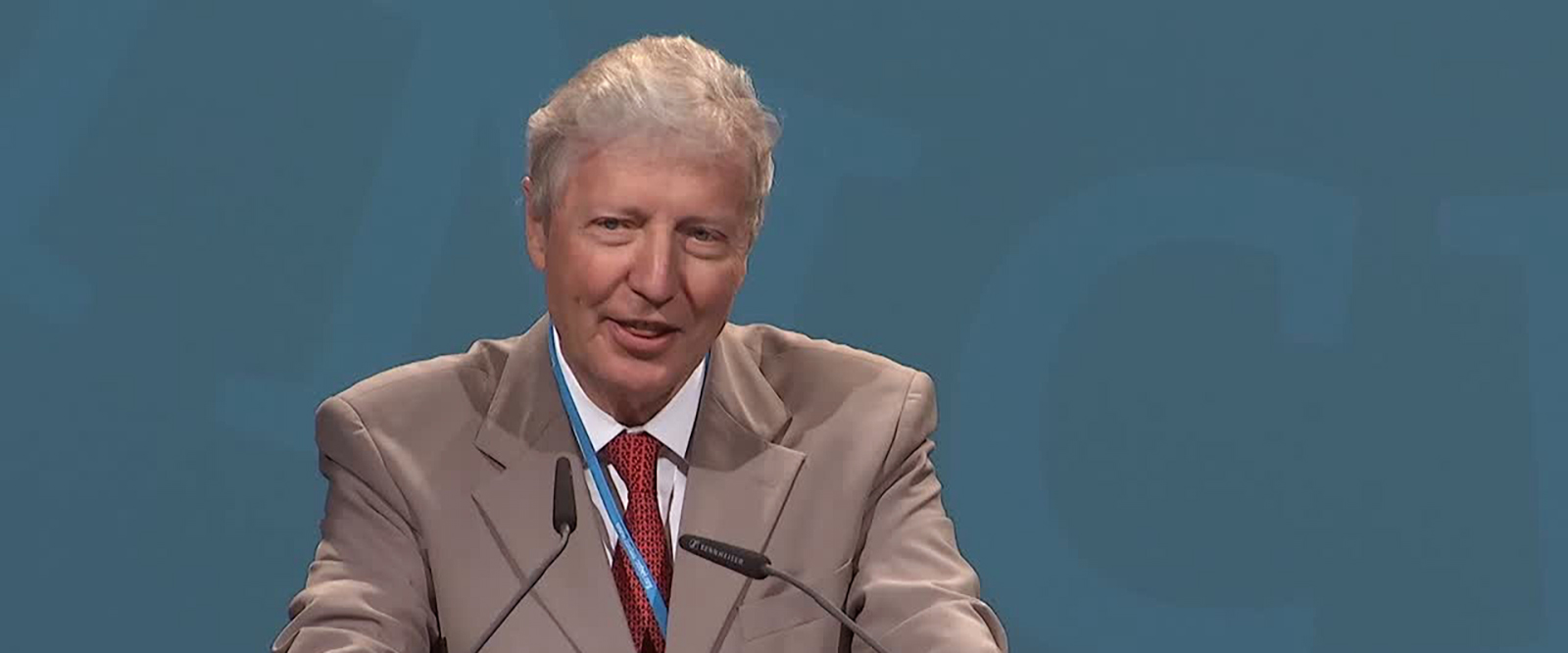
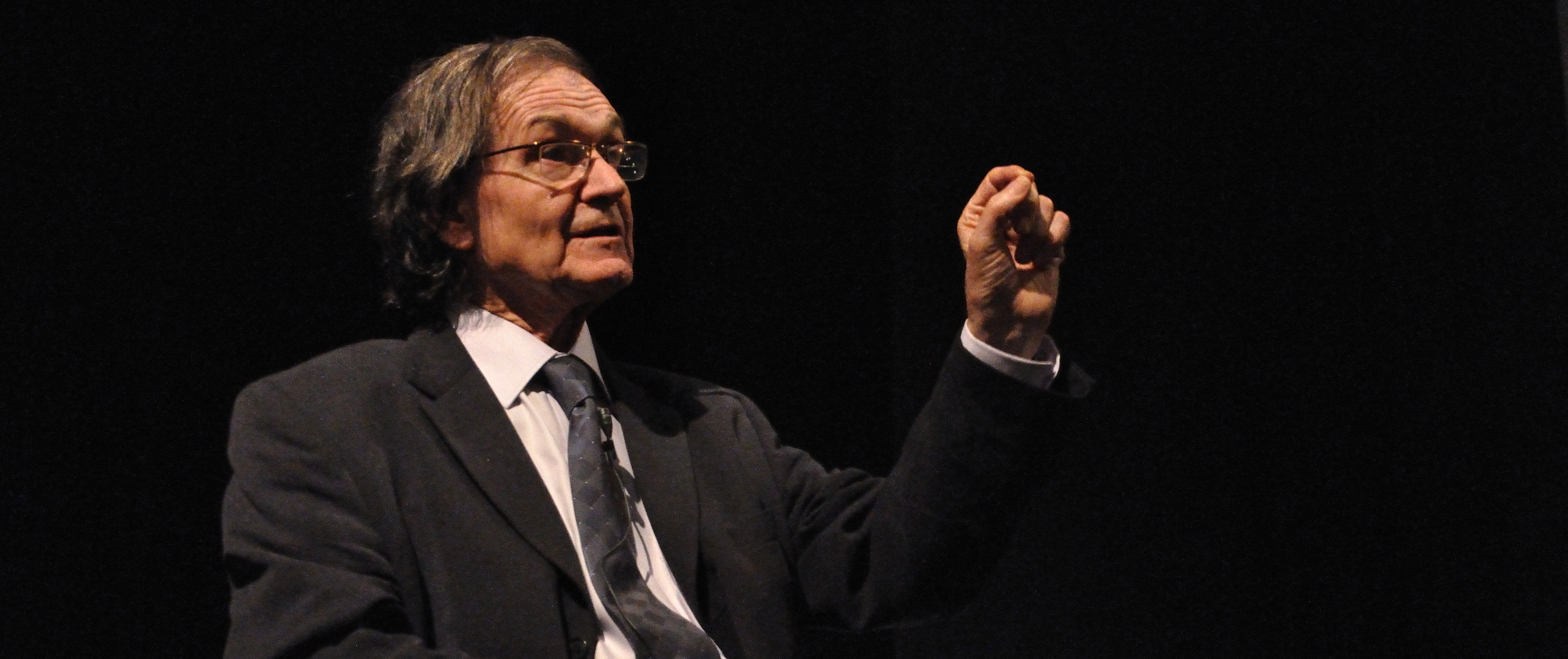
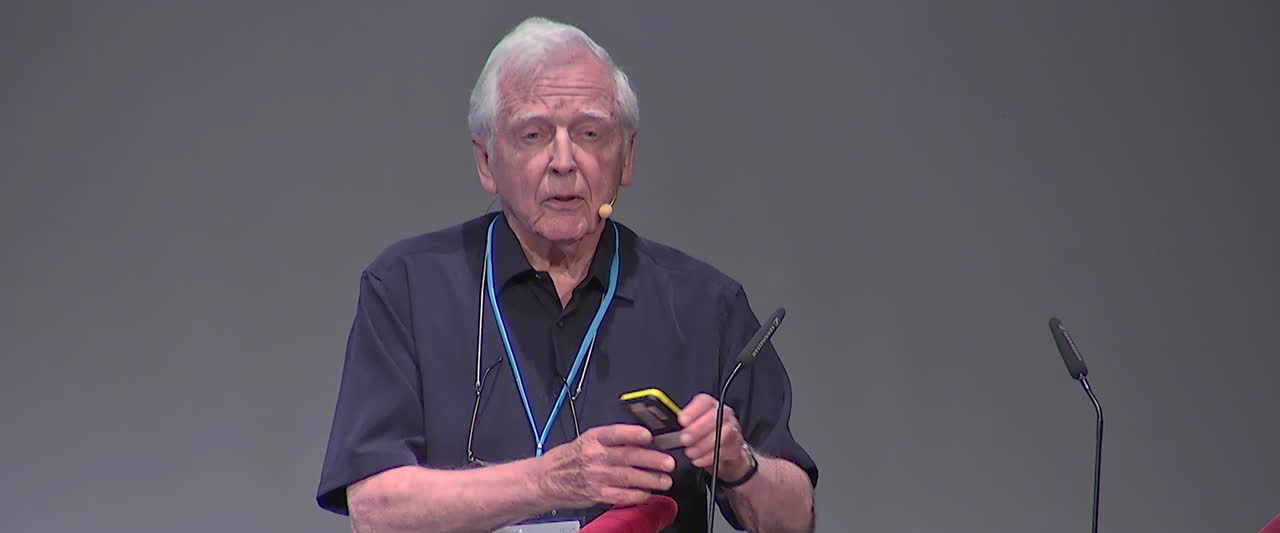
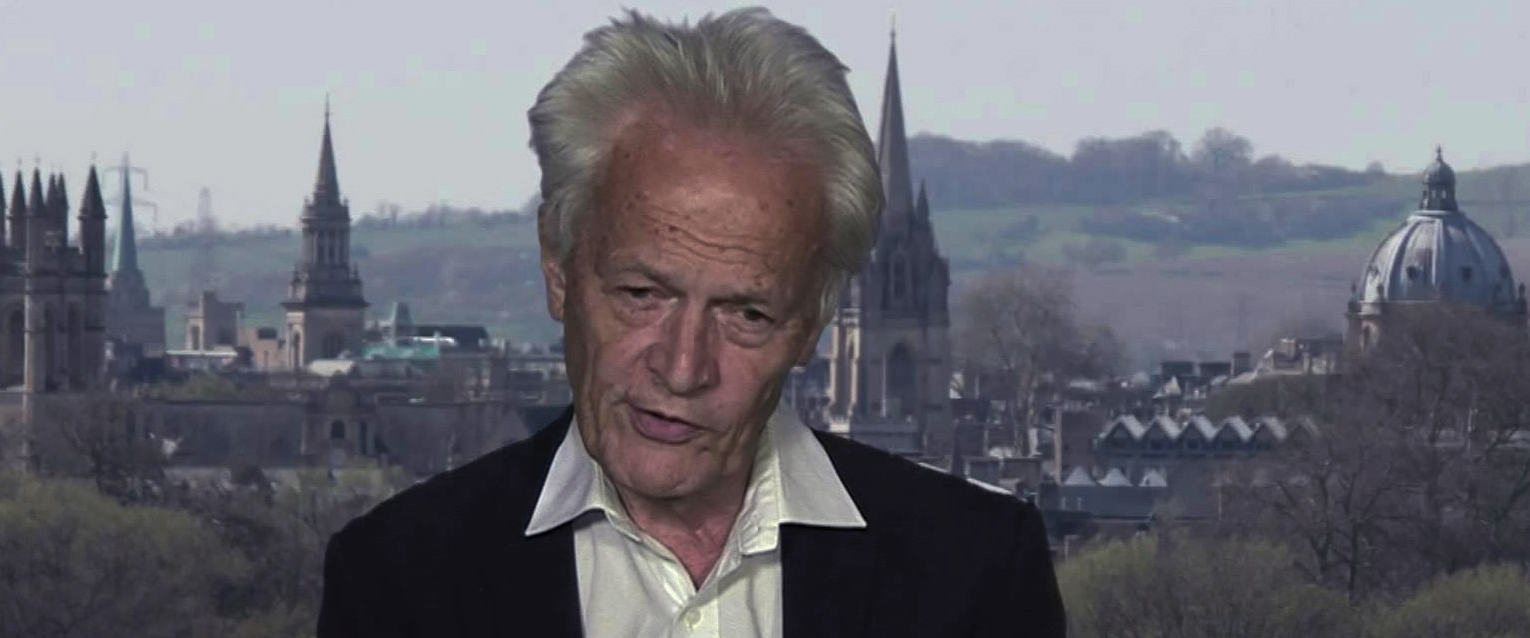
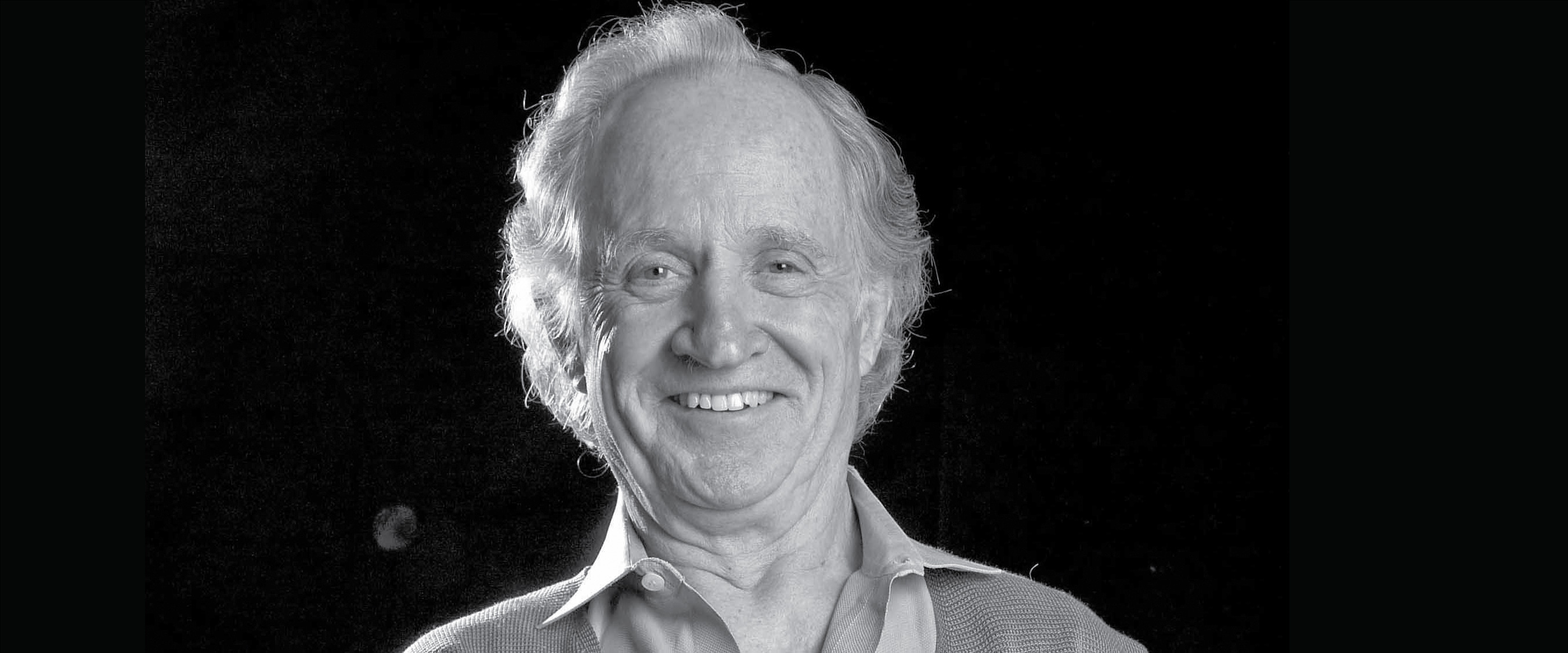
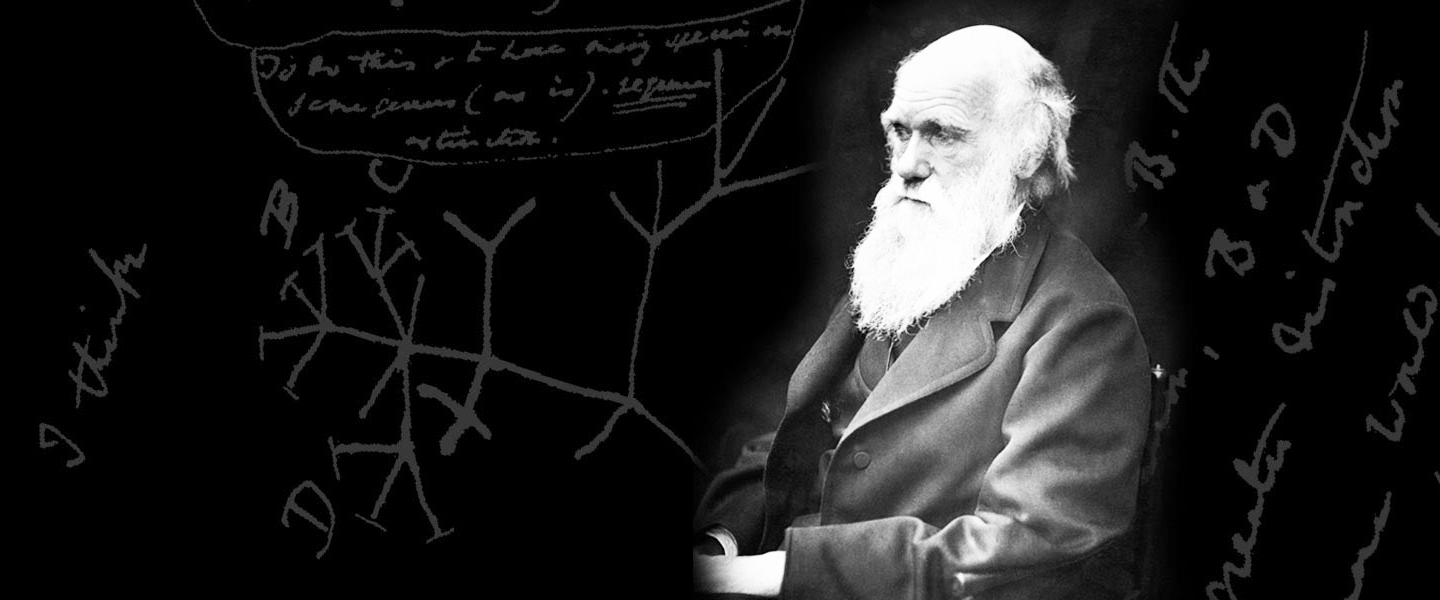











 Articles
Articles